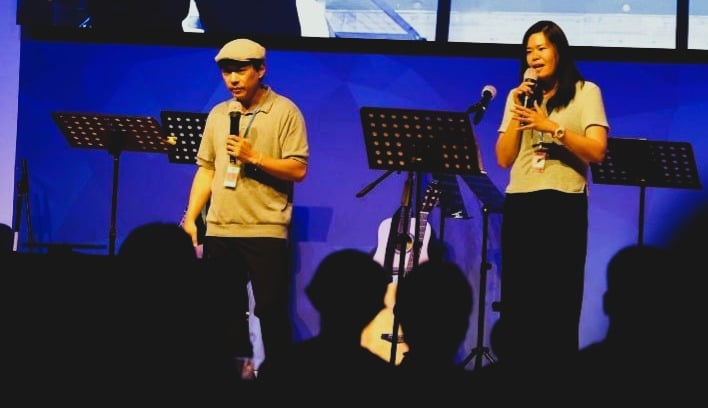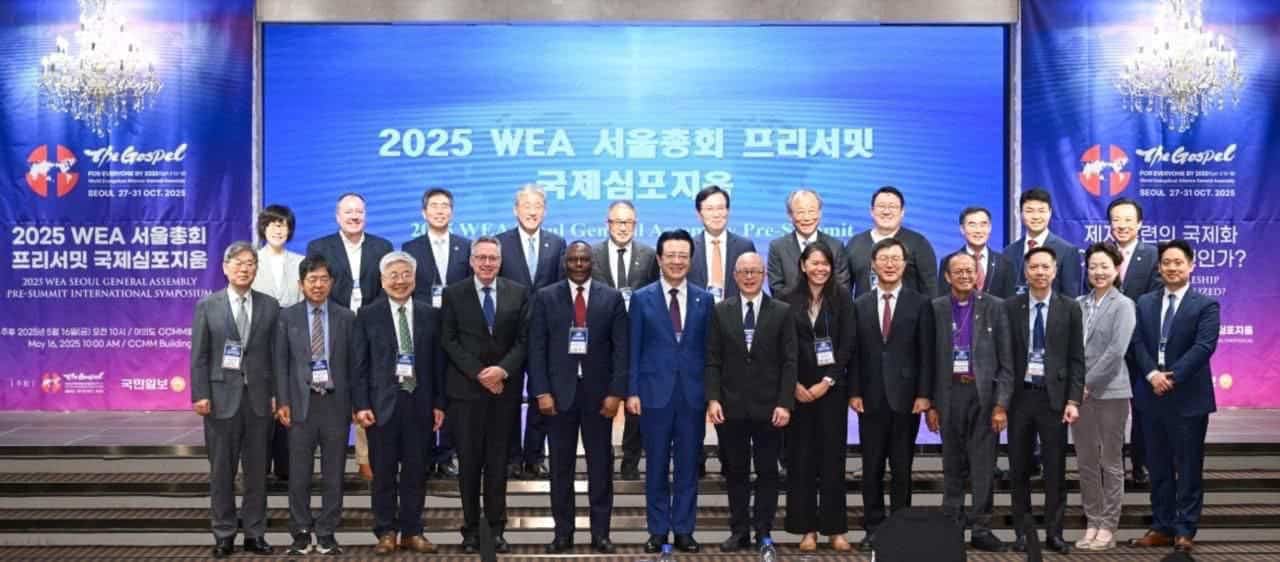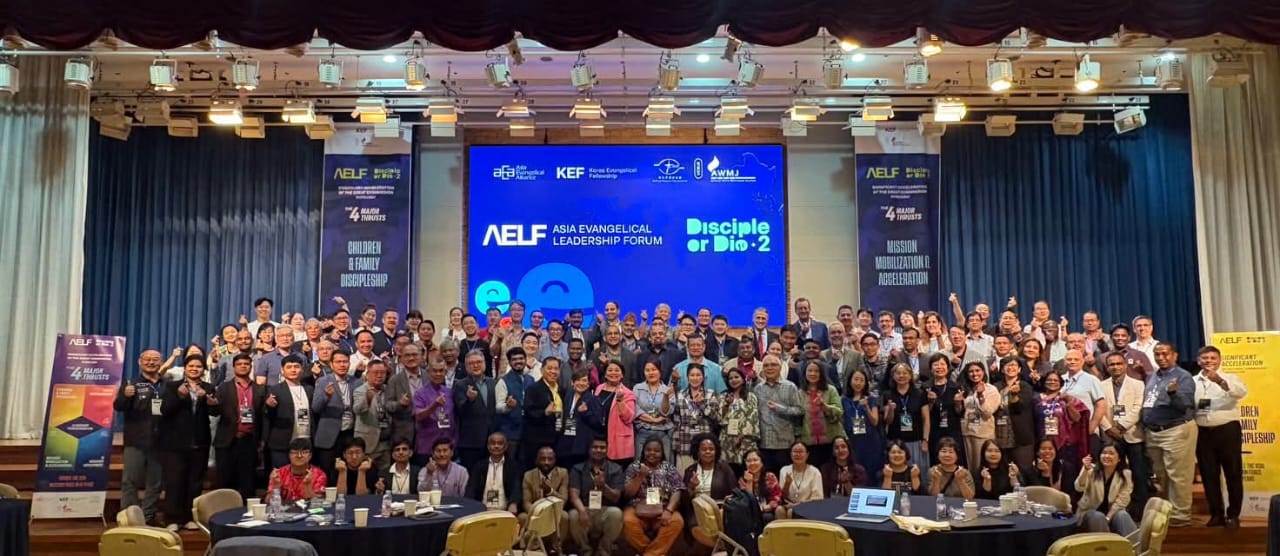Christian leaders of Nepal complain that the numerical strength of the minority has been grossly underestimated in the nation’s first census after it became a democracy. The alleged manipulation in the census data while the nation is transitioning from a Hindu monarchy to a secular republic is worrisome.
“We can produce concrete proof of our numbers as we have registered all our members at over 8,500 churches. We are above 2.5 million but the census of 2011 shows us to be just 300,000,” C.B. Gahatraj, general secretary of the Federation of National Christians of Nepal (FNCN), said at a press conference in Kathmandu this month.
The number of Christians has increased from about 0.4 percent in 2007, when the country was officially declared as a secular state after over two centuries of Hindu monarchy, to 1.4 percent of the 26.4 million people as per the Census 2011 report by the Central Bureau of Statistics.
However, the latest figures are a result of apparent manipulations, said Dr. K.B. Rokaya, General Secretary of the National Council of Churches of Nepal, with whom WEA-RLC spoke in Kathmandu.
Dr. Rokaya, who is also member of the government’s National Human Rights Commission, said he suspects “double manipulation.”
Enumerators are known for not visiting every house, and when they do visit a house, they presume that anyone with a Hindu name is a Hindu, he said. “When enumerators came to my house, they asked questions about family members but not about our religion. My wife noticed they had already marked us as Hindus,” he said.
“When preliminary results of the census were declared [in late September 2011], we were told that the number of Christians was 2 million, despite the fact that a large number of Christians were presumably marked as Hindus,” Dr. Rokaya said, suggesting that even 2 million was an underestimation of the actual number. But the final census report, which came about 14 months later without explaining the reason for the delay, put the number of Christians at just 375,699, he added.
Since all previous censuses were conducted when Nepal was under a Hindu monarchy, – when religious minorities did not have equal rights – most people preferred to be identified as Hindu. About 80.6 percent of people said they were Hindu in the 2001 census. However, even in the 2011 census, the percentage of Hindus remains unchanged at about 81 percent.
While the coverage of Nepal in the international media has been dominated by a continuing logjam between political parties as they draft the country’s new constitution and try to complete the peace process, there is little awareness about the nation’s status quoist forces, particularly in the bureaucracy, the judiciary and the military, which are resisting progressive changes.
About 85 percent of officials in the government are from the dominant Brahmin and Chhetri castes (as per the caste hierarchy in Hinduism), Dr. Rokaya said. Brahmins and Chhetris, who account for about 30 percent of the total population, are generally known for not having accepted the country’s Republican status in their minds.
The country’s first elected representatives, who are seeking reforms in the country, are also against full religious freedom. A committee under the Constituent Assembly of Nepal, which included the three largest political parties – the United Communist Party of Nepal (Maoist), the Communist Party of Nepal (Unified Marxist Leninist) and the Nepali Congress – prepared a draft constitution to replace the 2007 interim constitution, proposing many progressive changes, but not so much in the area of religious freedom. The draft charter seeks to retain the ban on activities aimed at religious conversion.
WEA-RLC had earlier spoken to Binda Pandey, who headed the Assembly’s Committee on Fundamental Rights and Directive Principles (CFRDP), and she said, “We had a detailed discussion on religious freedom provisions and we came to the conclusion that one can convert from one religion to another individually, but any activity aimed at converting someone else may not be allowed.”
Additionally, the Christian minority is still awaiting legal recognition for their churches and land for burial. “The government had promised to form a separate commission for Christians, provide us land for graveyards and give our churches recognition as religious trusts, among other things,” Gahatraj said at the press conference in Kathmandu, referring to a six-point agreement between the government and the Christian confederation signed earlier this year. “The agreement was supposed to be enforced immediately but nothing has been done till now.”
Nepal is still in its early period of transition to a secular democracy, but it may not take too long for the country’s status quoist forces to institutionalize the bias against Christians and other minorities, which must be nipped in the bud.
World Evangelical Alliance (WEA) Religious Liberty Commission (RLC) sponsors this WEA-RLC Research & Analysis Report to help individuals and groups pray for and act on religious liberty issues around the world. WEA has a consultative status with the UN Economic and Social Council.
This report was researched and written by Fernando Perez, and moderated by the WEA-RLC Executive Director, Godfrey Yogarajah. It can be used for distribution or publication with attribution to WEA-RLC.





Stay Connected